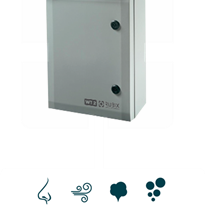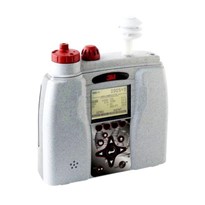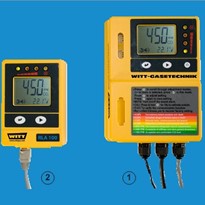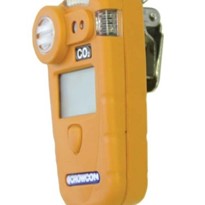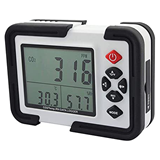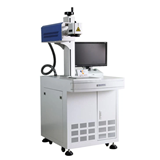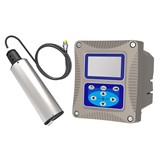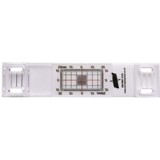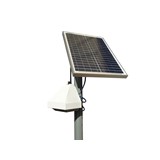CO2 is formed during the complete combustion of carbonaceous substances with sufficient oxygen supply. In the organisms of living creatures, it is formed as a metabolite of cell respiration. At higher concentrations upwards of 1000 ppm, significant negative effects on the general well-being can occur (headaches, fatigue, lack of concentration).
Carbon dioxide is produced in the body’s cells (at quantities of 0.7 kg per day), and diffuses from there to the surrounding capillaries. It is transported in the blood after chemically binding onto proteins such as haemoglobin, or in dissolved form. CO2 is largely physically dissolved, only a small part is converted by carbonic anhydrase in the red blood corpuscles into carbonic acid which disintegrates into hydrogen and hydrogen carbonate ions in the aqueous environment. The carbon dioxide is exhaled via the alveolar membrane of the lung.
A crucial physiological function of the carbon dioxide in the organism consists in its regulation of breathing via the chemical receptors of the aorta and the medulla oblongata, which stimulate the respiratory centre in
the brain stem. Increased CO2 concentrations in inhaled air increase the breathing frequency and the tidal volume.
During this process, CO2 has a dilatory effect on the bronchia, which causes an increase in the dead space volume (the space in the respiratory system which is not involved in gas exchange). However, the dilatory effect of the CO2 on peripheral and central arterioles does not lead to a decrease of blood pressure, since an increased adrenalin production causes a compensatory vasoconstriction.






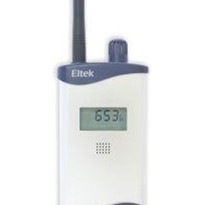
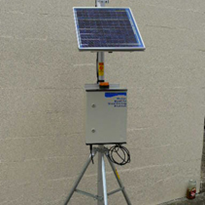
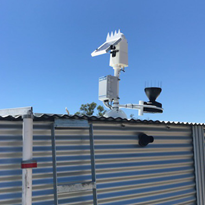
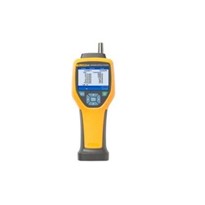
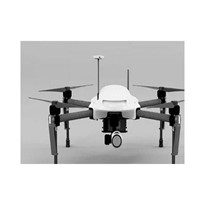
-205x205.jpg)
